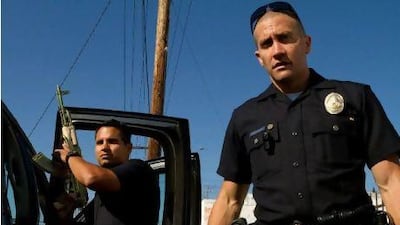BERLIN // It was the time of Marlene Dietrich, of the Bauhaus school of design, of Fritz Lang's epic science-fiction film Metropolis. But above all, it was a time for partying.
In the so-called Roaring Twenties, Germany, like most other nations, was bent on forgetting the horrors of the First World War. By 1924, the political and economic chaos, including the dramatic phase of hyperinflation that followed its defeat, was over, thanks to an agreement to cut German war reparations payments to affordable levels.
The German Empire had collapsed and was replaced by the Weimar Republic, which brought a short, fragile period of democracy.
For a brief few years - before the start of the global economic downturn in 1929 and before Adolf Hitler seized power - Berlin ranked alongside Paris as Europe's party capital.
The city was packed with bars, restaurants, dance halls, cabaret theatres offering risque shows and huge cinemas with full-sized symphony orchestras providing live musical accompaniment to the silent films.
The liberal Zeitgeist attracted many artists and writers to Berlin, including Christopher Isherwood, the British-American novelist whose work inspired the Hollywood musical Cabaret, which summed up the spirit of the era.
But political tensions were mounting in the background. Maybe the celebrations were so intense because people sensed that the era would soon be over.
The Prussian marching music of the Great War - replaced by the Charleston and jazz during what the Germans called the "Golden Twenties" - soon returned, accompanying the goose-stepping of troops along Berlin's boulevards as the Third Reich brought the party to an end.
* David Crossland

